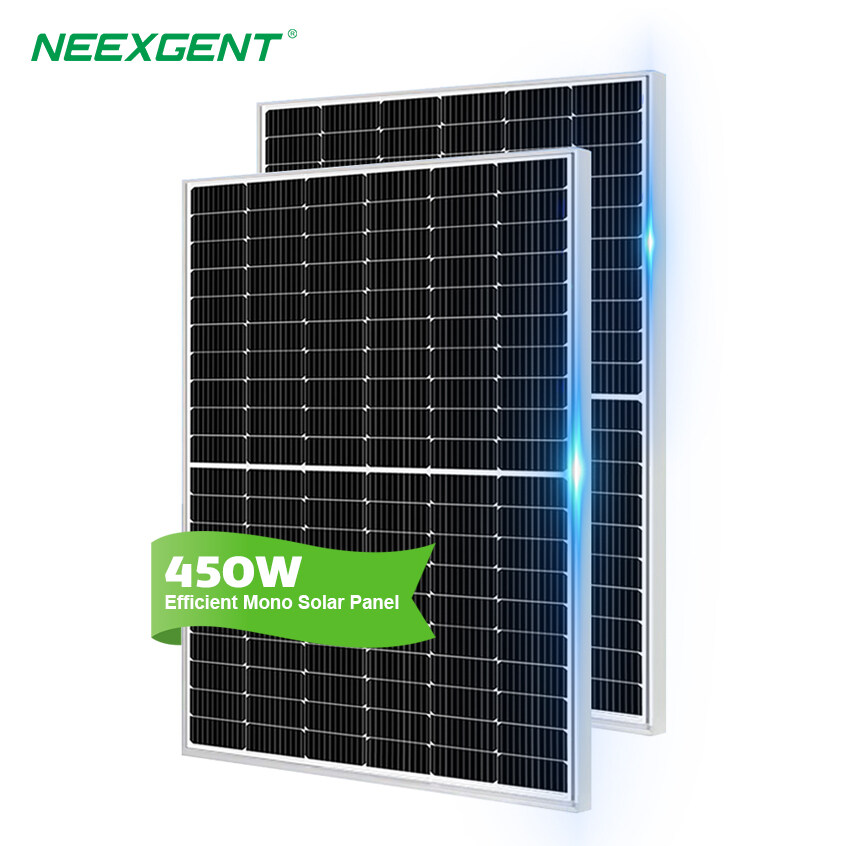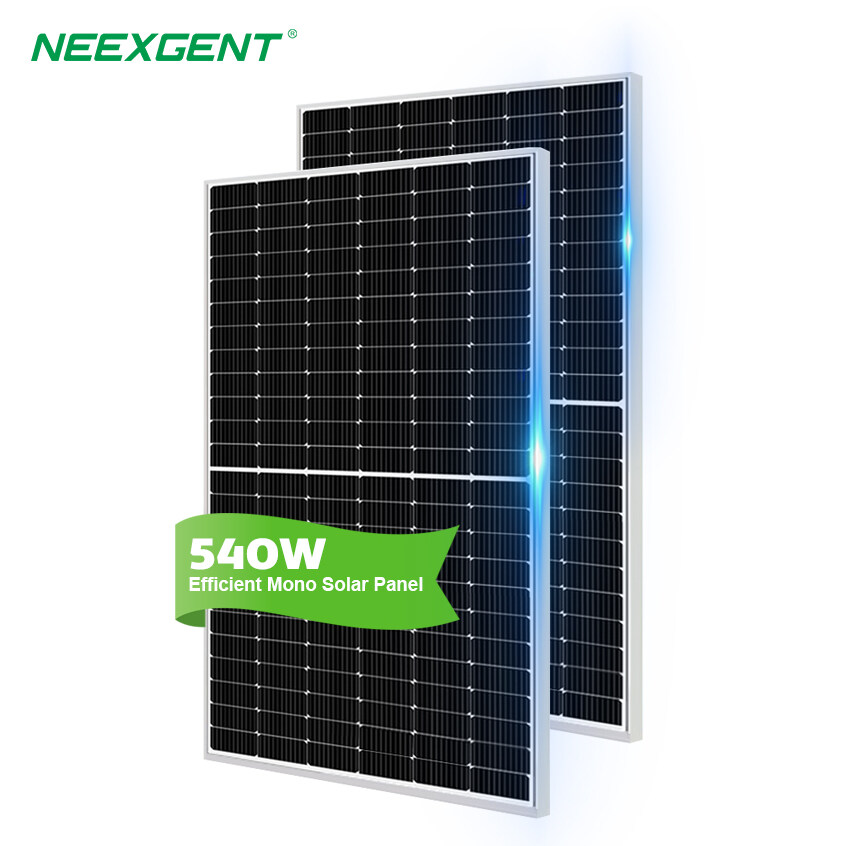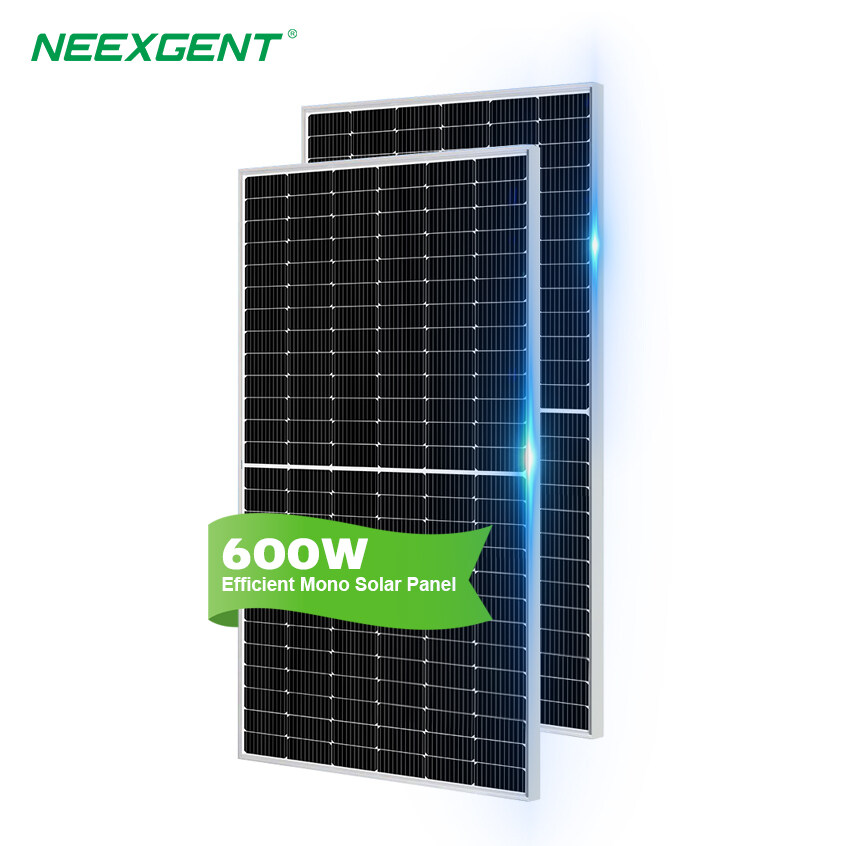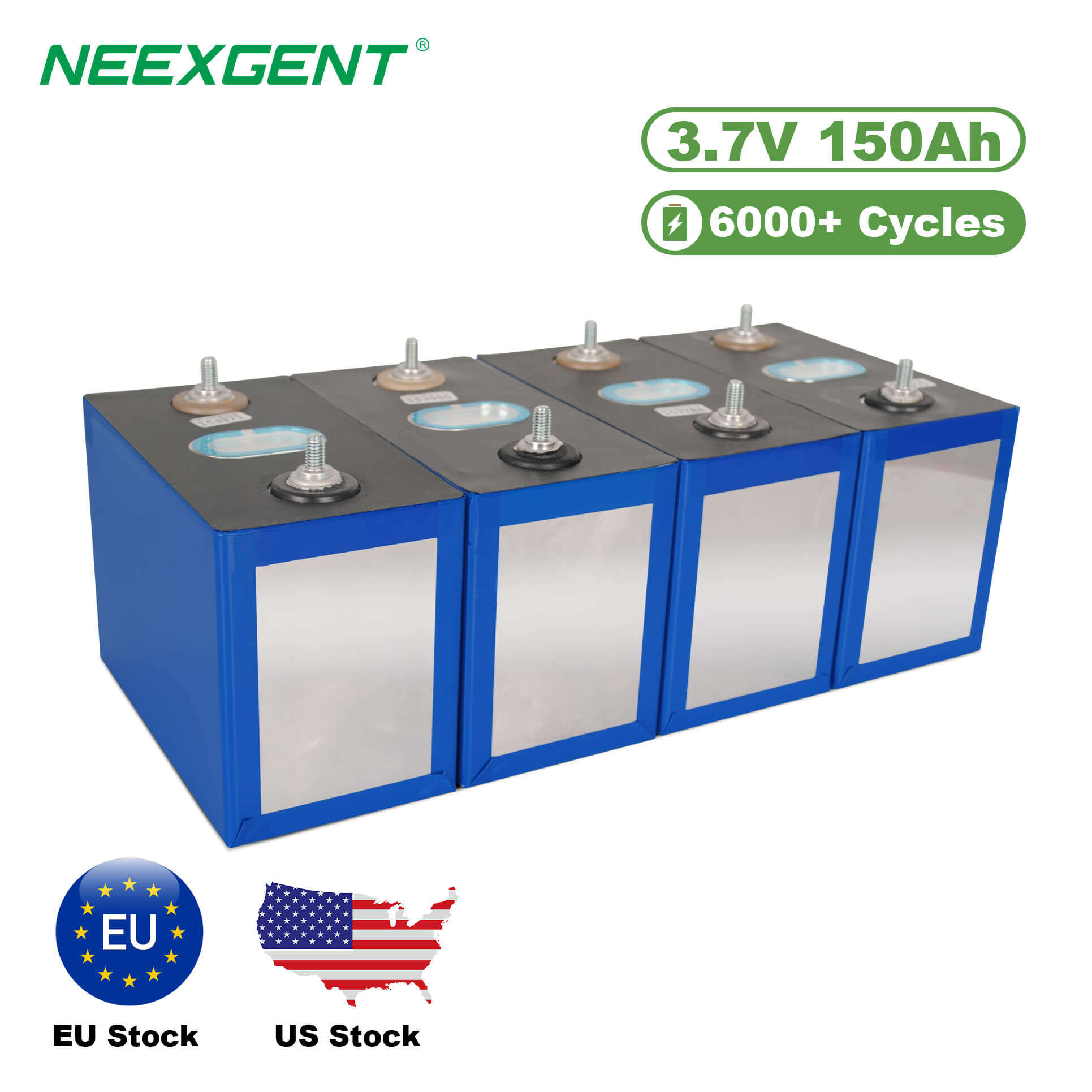Chile, with its abundant sunshine and vast potential for renewable energy, has emerged as a global leader in solar power utilization. As a country blessed with extensive solar resources, Chile has successfully integrated solar systems into its energy landscape, reducing its reliance on fossil fuels and mitigating environmental impacts. This article aims to provide a comprehensive guide on harnessing solar energy in Chile, exploring the benefits, installation process, and financial incentives available for individuals and businesses seeking to adopt solar systems.

Neexgent 600w Mono Solar Panels
1. Understanding the Benefits of Solar Energy in Chile:
Chile's geographical location, characterized by its long coastline, high altitude deserts, and clear skies, presents an ideal environment for solar power generation. By embracing solar energy, individuals and businesses in Chile can enjoy a myriad of benefits:
- Renewable and Clean Energy: Solar power offers a sustainable and clean energy alternative, reducing dependence on fossil fuels and curbing greenhouse gas emissions, thus contributing to combating climate change and preserving the environment.
- Cost Savings: Solar systems can significantly reduce electricity bills by offsetting or even eliminating reliance on grid electricity. With abundant sunshine, solar energy is a reliable and cost-effective solution over the long term.
- Energy Independence: By producing their own electricity, individuals and businesses become less vulnerable to fluctuating energy prices and grid outages. Solar energy grants greater energy independence and security.
- Job Creation and Economic Growth: The expansion of solar energy in Chile has resulted in the creation of jobs across the value chain, including manufacturing, installation, and maintenance, contributing to local economic development.
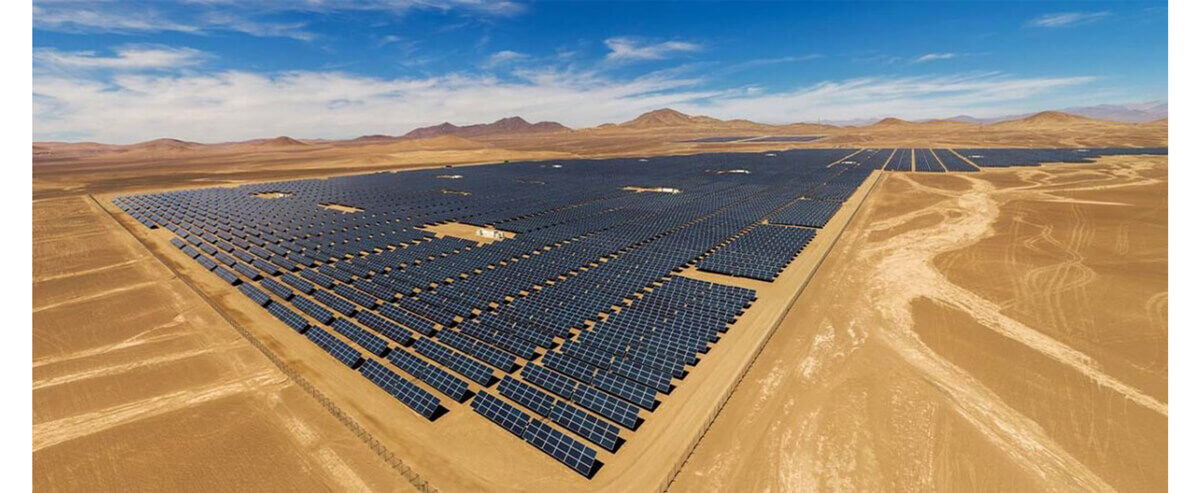
2. Assessing Solar Potential and System Sizing:
Before investing in solar systems, it is crucial to assess the solar potential of a specific location. Chile's regions vary in terms of solar radiation and climatic conditions, impacting energy production. Online tools, such as solar calculators and solar maps, can provide estimates of solar potential and system sizing requirements based on average solar irradiation.
Factors to consider when assessing solar potential include shading from nearby buildings or trees, roof orientation, and tilt angle. For optimum performance, solar panels should ideally face true south in the Southern Hemisphere.
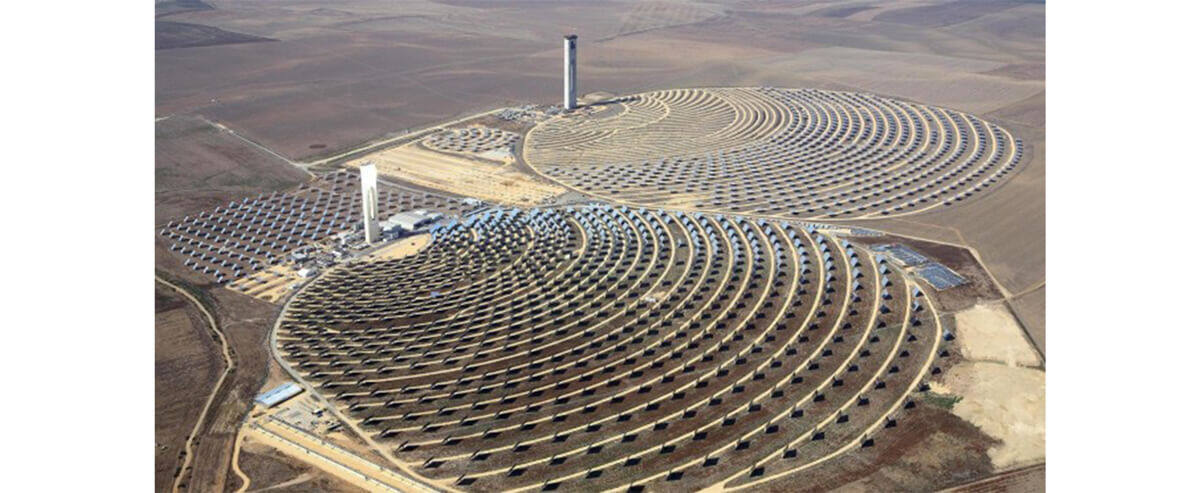
3. Selecting Solar System Components:
Choosing the right components for a solar system is essential for maximizing energy production and system longevity.
- Solar Panels: High-quality photovoltaic (PV) panels are crucial for efficient energy conversion. Monocrystalline or polycrystalline panels are commonly used in residential and commercial installations.
- Inverters: Inverters convert DC (direct current) electricity generated by solar panels into AC (alternating current) electricity compatible with the electrical grid or for direct consumption. String inverters, microinverters, and power optimizers are popular options.
- Mounting Structures: Mounting structures provide stability and secure the solar panels to roofs or ground-mounted systems. The type of mounting structure will depend on the installation location and specific requirements.
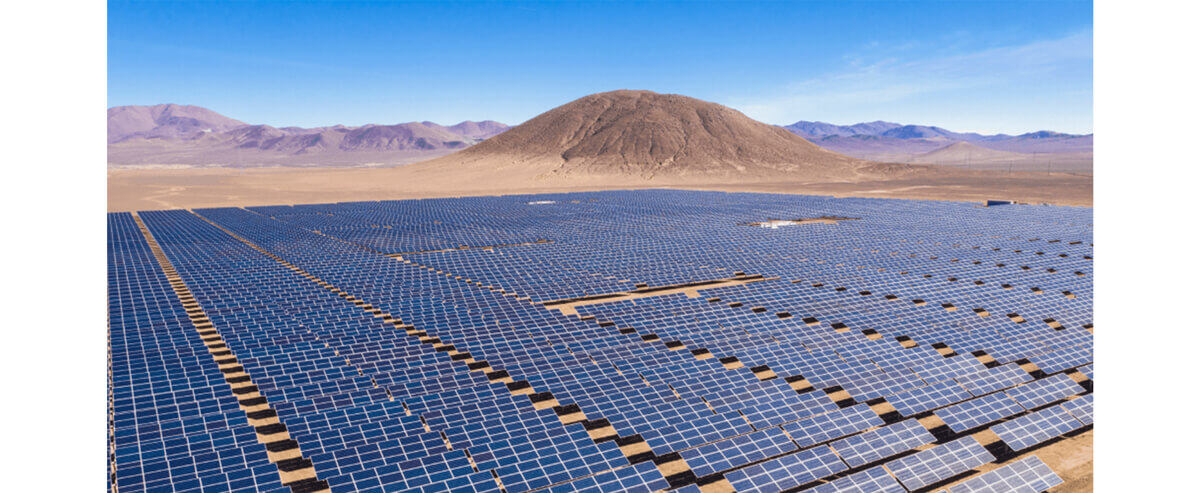
4. Installation Process:
Installing a solar system in Chile typically involves the following steps:
- Site Assessment: A qualified solar installer evaluates the installation site, taking into account factors such as roof condition, electrical infrastructure, and connection to the grid.
- System Design: Based on the site assessment, the installer designs a customized solar system, considering energy needs, available space, and local regulations.
- Permitting and Approvals: Local permits and interconnection agreements with the utility company are necessary to ensure compliance with regulations and grid connection.
- Installation and Commissioning: Solar panels and other components are installed, connected, and tested to ensure proper functioning. Wiring, grounding, and safety measures are implemented.
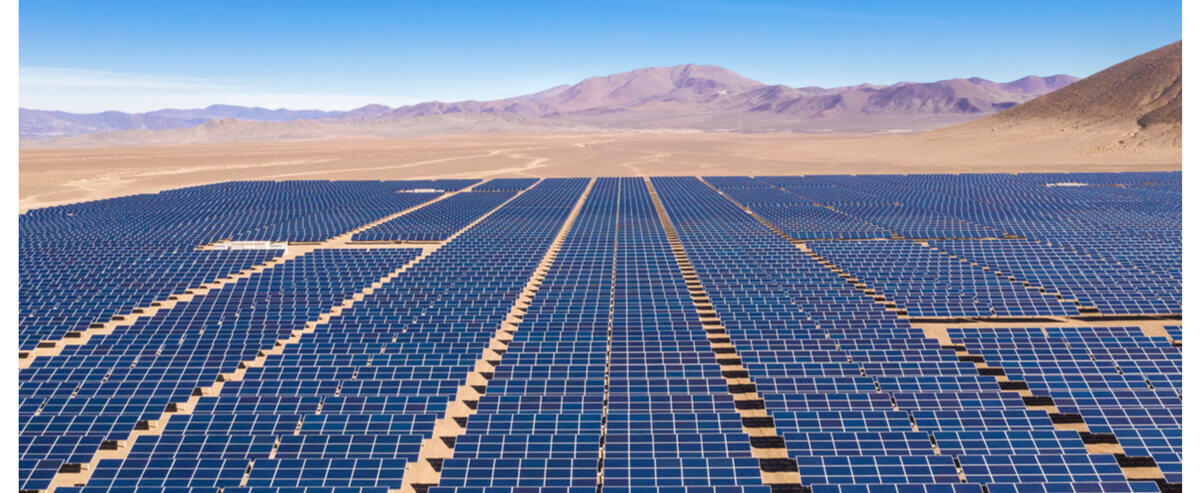
5. Financial Incentives and Support Programs:
To promote the adoption of solar energy, the Chilean government has implemented various financial incentives and support programs:
- Net Metering: Chile's net metering policy allows solar system owners to receive credits for excess electricity generated. These credits can be used to offset future electricity bills, effectively reducing costs.
- Investment Tax Credit (ITC): The government provides tax incentives in the form of investment tax credits, which can significantly reduce the upfront costs of installing solar systems. These credits can be claimed against income tax liabilities.
- Renewable Portfolio Standards (RPS): Under the RPS, electricity suppliers in Chile are mandated to include a certain percentage of renewable energy in their energy mix. This creates a market demand for solar power and encourages investment in solar projects.
- Public Financing Programs: Government-backed financing programs, such as the Development Bank of Latin America (CAF) and the Production Development Corporation (CORFO), offer loans and subsidies to support the implementation of renewable energy projects, including solar installations.
- Renewable Energy Auctions: Chile conducts regular auctions where companies can bid to supply electricity from renewable sources. These auctions create opportunities for solar project developers and investors, fostering the growth of the solar industry.
- Green Bonds and International Funding: Chile has issued green bonds to raise funds for renewable energy projects, including solar installations. Additionally, international organizations provide financial support and technical assistance for renewable energy development in Chile.
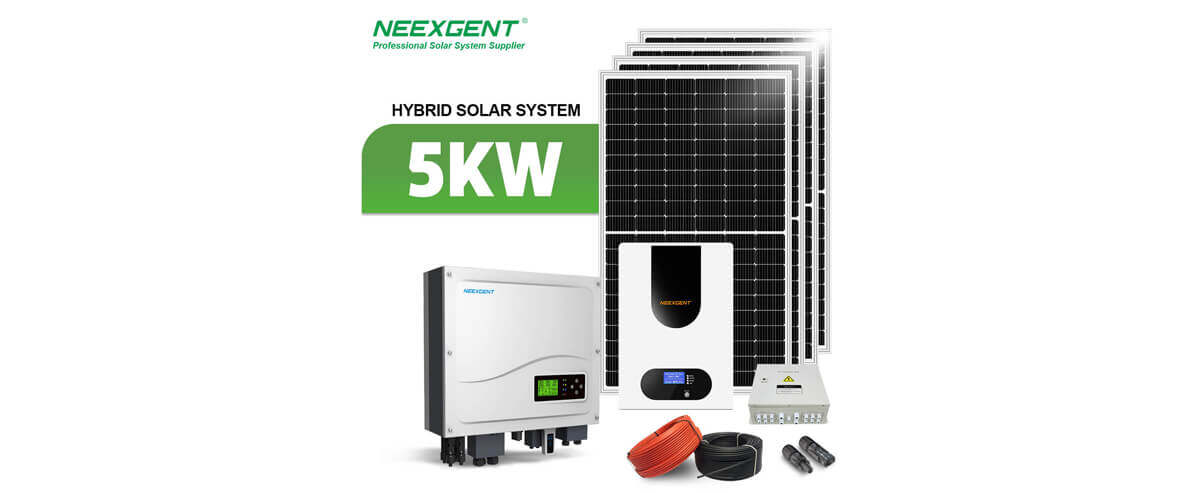
Neexgent 5kw Hybrid Power Solar System
6. Maintenance and Monitoring:
To ensure optimal performance and longevity of solar systems, regular maintenance and monitoring are essential. The following practices are recommended:
- Cleaning: Periodically clean solar panels to remove dust, debris, and any obstructions that may reduce efficiency. Consult the manufacturer's guidelines for appropriate cleaning methods.
- Inspections: Conduct regular inspections to identify any damage or faults in the system. Check for loose connections, cracks in panels, or malfunctioning inverters. Prompt repairs can prevent energy losses.
- Monitoring Systems: Utilize monitoring tools to track energy production, identify performance issues, and assess system efficiency. These systems provide real-time data, allowing for timely interventions if required.
Chile's favorable solar resources and supportive policies make it an ideal environment for harnessing solar energy. By adopting solar systems, individuals and businesses can benefit from clean and renewable energy, significant cost savings, and increased energy independence. Understanding solar potential, selecting appropriate components, and following the installation process are crucial for successful implementation. Leveraging financial incentives and support programs offered by the government further enhances the economic viability of solar projects. As Chile continues to lead the way in solar power utilization, embracing solar energy represents a sustainable and forward-thinking approach to meet energy needs while contributing to a greener future.

